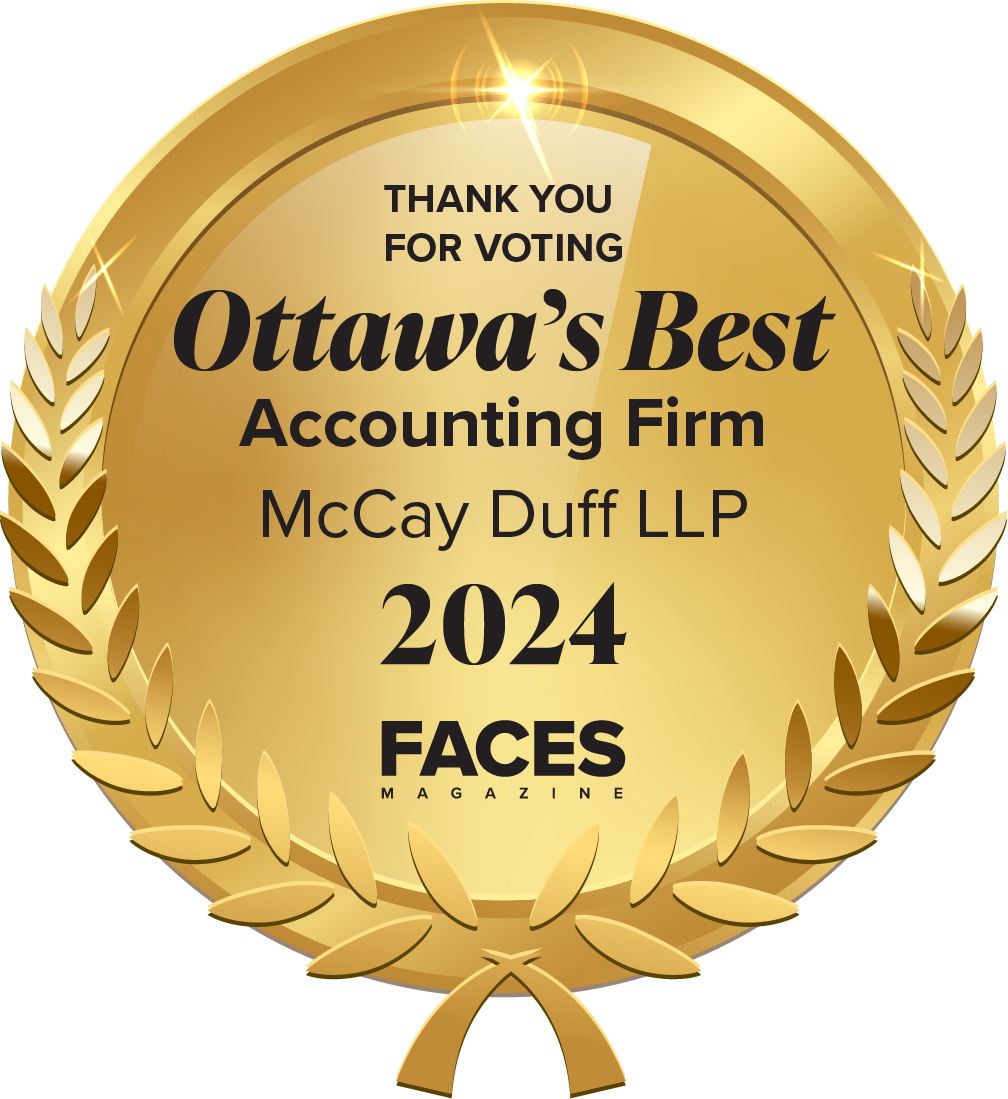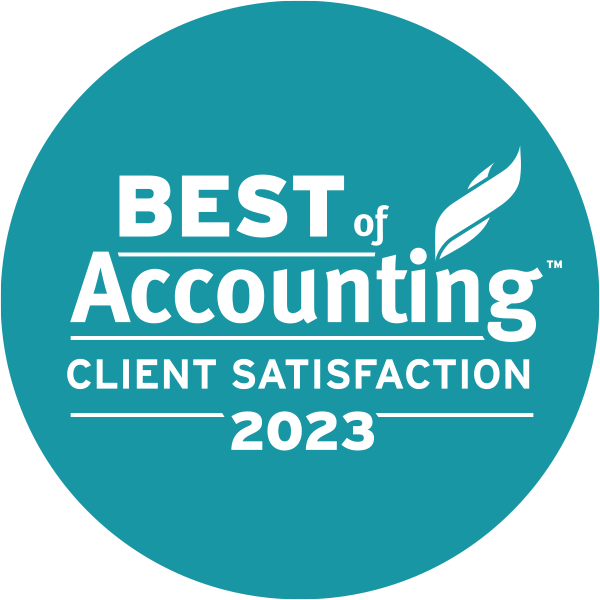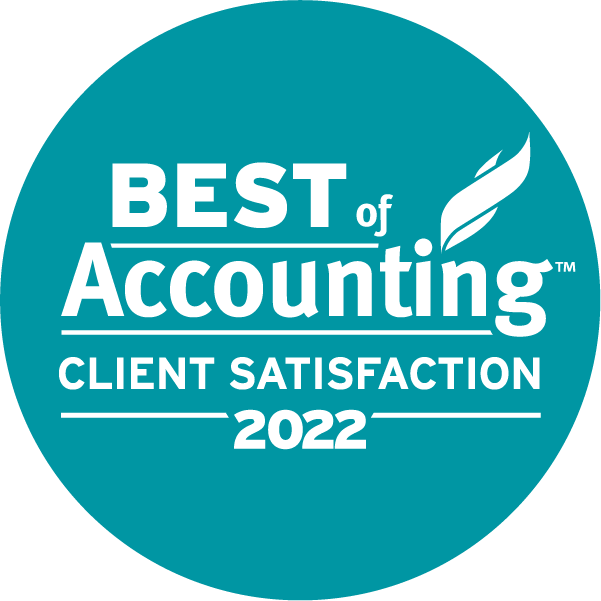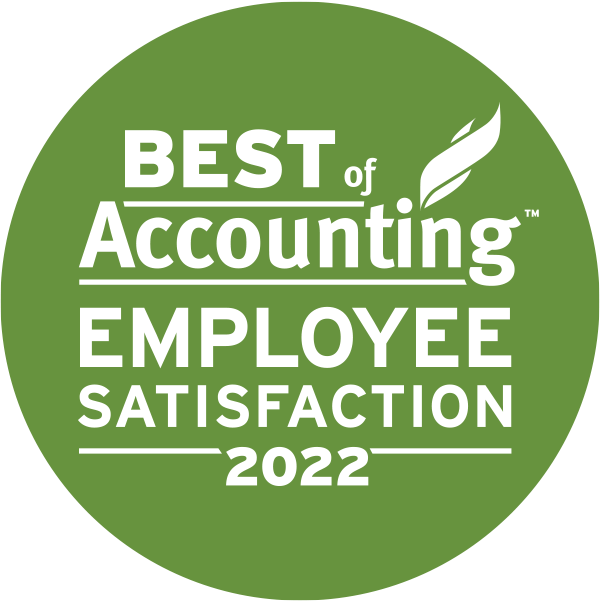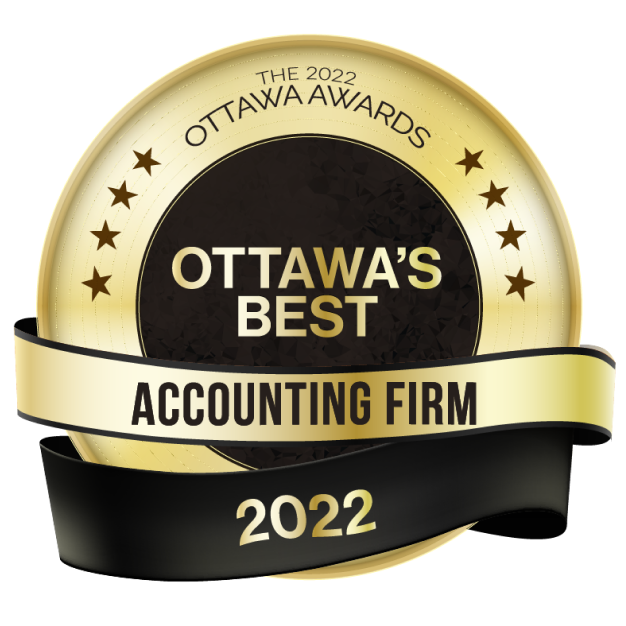Everyone from employed to self-employed plans their investments. However, if you don’t plan the course of these investments, the Canada Revenue Agency (CRA) could claw back a massive chunk of your wealth in taxes. While Registered Retirement Savings Plan (RRSP) and Tax-Free Savings Account (TFSA) may be good options for an individual’s investment strategies, they might not be the most tax-efficient alternative for small business owners.
Investing Options for Individuals and Small Business Owners
When small business owners withdraw money from their corporation, they have to pay an added layer of tax (corporate tax plus personal tax). The TFSA contributions come from income left after paying personal taxes. RSSPs can help you deduct personal tax now, but you will pay tax on withdrawals. Even the Canada Pension Plan (CPP) payouts are taxable. The idea behind these investment instruments is to provide you with income when you are in a low tax bracket after retirement.
But what if you retire wealthy, with significant income from pension, dividends, and RRSP? A higher taxable income will claw back your Old Age Security (OAS) and leave you with a huge tax bill you will pay from your life investments.
How Small Business Owners Can Invest Through Corporations
Small business owners can consider investing through their corporations to prepare for a wealthy retirement. Canadian-controlled private Corporations (CPCCs) enjoy several tax benefits that small business owners can use to maximize their investments and save taxes.
Avoid Withdrawing Too Much Money from The Business
Owners can withdraw money from the corporation through salary and dividends. With salary, you pay both employer and employee contributions to CPP. The higher the salary, the higher the contribution. And you cannot control where the CRA invests in CPP. While the CPP contribution is tax-deductible for the corporation, the payout is taxable for the individual.
Instead of withdrawing a high salary, you can withdraw money through dividends. Consider withdrawing the amount you need to spend. You can retain the rest of the money in the business and invest in stocks, mutual funds, real estate, and other capital gain-generating instruments. As the money is retained in the business, you save on the personal income tax layer and have more money to invest.
However, retained earnings and withdrawals must be balanced, as assets in the corporation’s name are exposed to business risk. If the business faces losses, credit risk, or bankruptcy, creditors have the first right to those investments.
Invest in Instruments That Produce Capital Gains
When considering investing your retained earnings in the business, consider assets that generate capital gains and not dividend income, as capital gains are taxed more favourably. Some examples of capital gains-producing investments are stocks, ETFs, corporate-class mutual funds, and real estate.
Capital gain is not taxed until realized. When you sell the asset and realize the gain, 66.67% of the capital gain is taxed, and the remaining 33.3% is exempted from the tax and added to the Capital Dividend Account (CDA). For instance, if you sold a property and realized a capital gain of $100,000, $33,300 is tax-free. You can accumulate such a tax-free portion of capital gain over the years in the CDA and withdraw them tax-free.
However, note that any capital loss will be deducted from the CDA. Consider timing your CDA withdrawals with a business capital loss.
Consider Owning Life Insurance Through a Corporation
You could consider owning life insurance by choosing the corporation as the owner, payor and beneficiary. The corporation will pay the premium from the earnings taxed at a lower rate and collect the tax-free death benefit after your demise. This benefit will be added to the CDA and can be withdrawn tax-free by your family members who are shareholders in the company.
Consider Small Business Deduction Limit
While investing through a corporation is tax-efficient, the CRA limits everything. CPCCs enjoy a lower corporate tax rate on the first $500,000 taxable income earned in a tax year under small business deduction (SBD). However, the SBD limit will phase out:
- If passive income (income from investments) in a tax year is between $50,000 and $150,000.
- If the taxable capital employed for the preceding year is between $10 million and $50 million.
This means your corporation can take advantage of the complete SBD limit if its investment income is less than $50,000 in a tax year and the amount invested in the preceding year is up to $10 million.
Maintaining this balance requires strong planning and execution.
Contact McCay Duff LLP in Ottawa to Help You Invest Tax-Efficiently
A professional tax expert is well-versed with tax laws and calculations and can help you diversify your investments across various assets and structures to help you enjoy most of your wealth instead of giving it away in taxes. To learn more about how McCay Duff LLP can provide you with the best investment and tax planning expertise, contact us online or by telephone at 613-236-2367 or 1-800-267-6551.

